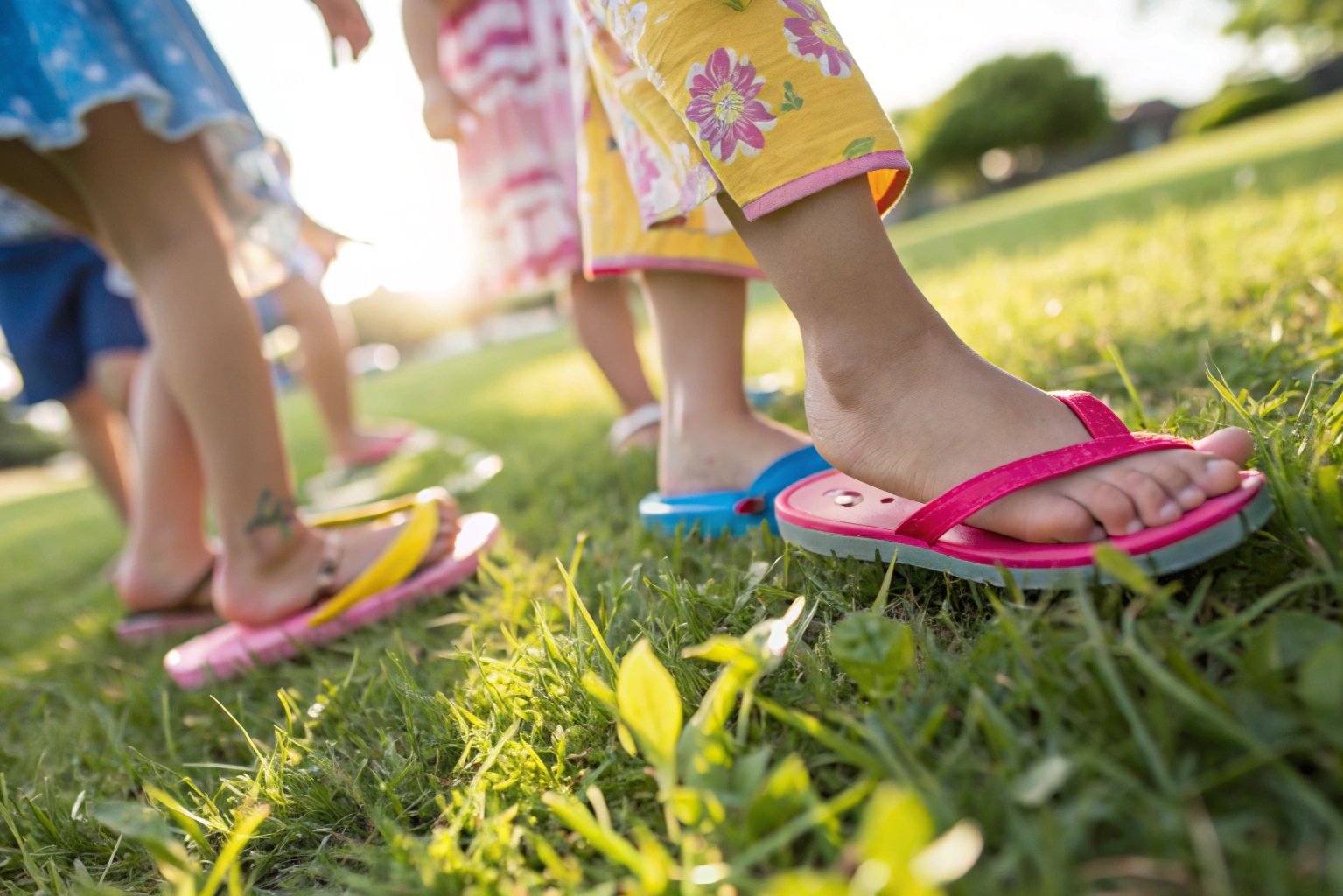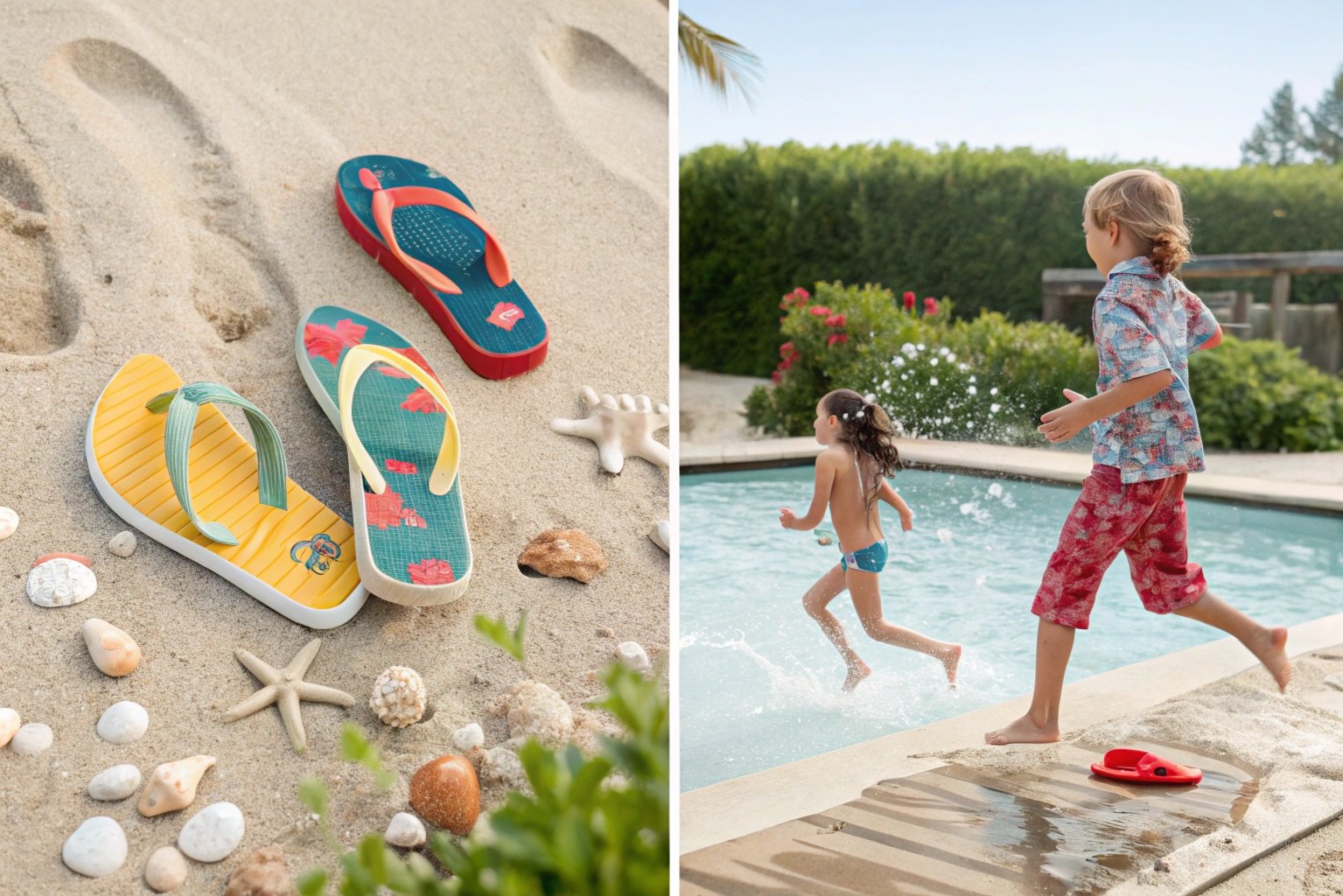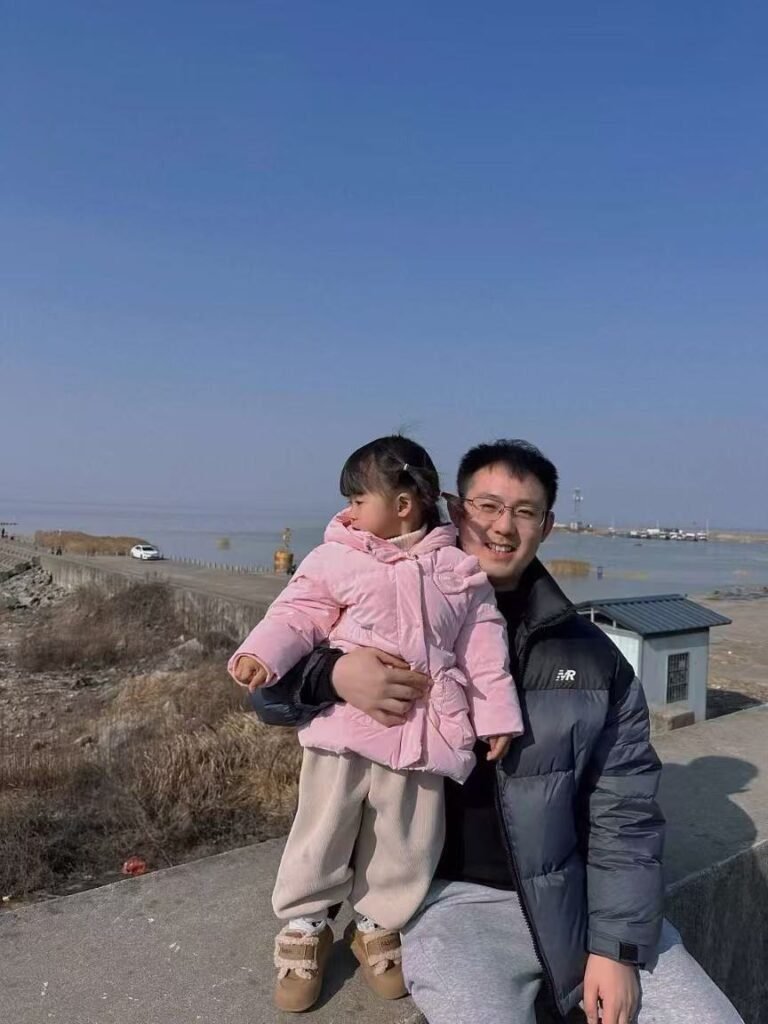Flip flops are popular among children but often spark concern among parents who question their safety. This article delves into the suitability of flip-flops for kids, discussing factors that ensure safety.
Flip flops can be suitable for children when chosen with safety in mind. Look for flip flops with non-slip soles, proper support, and a secure fit to minimize the risk of falls. Ensuring the flip flops are made of child-safe materials can also enhance safety.

Despite their popularity, many parents hesitate due to potential foot support issues and slipping accidents. By choosing flip-flops with non-slip soles, proper arch and heel support, and ensuring the fit is secure, parents can let their children wear flip-flops safely. It’s also important to pick flip-flops made from non-toxic materials to prevent irritation or allergy.
What are the risks with flip flops for children?
Flip flops can pose certain risks for children due to their design and materials. Many flip-flops lack adequate traction and aren’t designed to secure the foot fully, leading to potential slips and trips.
The risks associated with flip flops for children include insufficient foot support, slipping from non-secure fit, tripping due to design flaws, and potential discomfort or irritation from materials. Ensuring proper design and material choice can mitigate these risks.

It’s crucial to understand these risks before purchasing. Sports activities, uneven surfaces, or wet environments can increase the likelihood of accidents if flip-flops aren’t sturdy or supportive. Parents should ensure the flip-flops offer good traction, fit securely, and are made from hypoallergenic materials. Wearing flip-flops for long durations without breaks can also lead to discomfort, so monitoring their wear is important. Additionally, observing where flip-flops are worn is vital for safety, as inappropriate terrains can increase risks.
How to choose flip flops safely for children?
Choosing the right flip-flops involves assessing design, material quality, and fit. The focus should be on support, comfort, size, materials, and design features that guarantee safety while worn by children.
Safety-focused flip flops should include anti-slip soles, a comfortable fit, arch support, and breathable materials. Choosing the correct size and design ensures safety and comfort. Prioritize quality over aesthetics to reduce risks.

When selecting flip-flops for children, parents should prioritize design that accommodates growing feet. Factors like anti-slip soles and cushioned footbeds provide additional support. Breathable and hypoallergenic materials reduce irritation risks, while adjustable straps can help achieve a secure fit. Proper sizing is essential for avoiding toe stubbing or trips. It’s beneficial to try different brands and models, ensuring the product’s quality aligns with safety expectations over design aesthetics. It’s better to choose comfort and functionality first, ensuring the slippers empower movement.
What activities are suitable for children wearing flip flops?
With the right flip flops, certain activities are safe for children, enhancing comfort and refreshing their style. Yet, parents should ensure suitable terrain and supervision during these activities.
Activities that are suitable with flip flops include beach outings, poolside fun, garden play, or indoor walks. However, ensure flip flops are worn appropriately to avoid slip-induced accidents during active play.

Besides comfortable poolside or beach wear, flip-flops can be worn safely during slower and less intense activities like garden picnicking. They shouldn’t be used in rigorous sporting events where shoes with better support would reduce injury risk. Ensure your children avoid wearing flip-flops over rough or uneven terrains where slips or trips are possible. Additionally, keeping vigorous running limited while wearing flip flops can prevent accidents. Supervision ensures the kids still enjoy these activities safely, leveraging flip-flops for relaxed and casual occasions.
Conclusion
Choosing the right flip flops for children involves understanding risks and ensuring safety through proper design, materials, and fit, while limiting terrains and activities accordingly.

